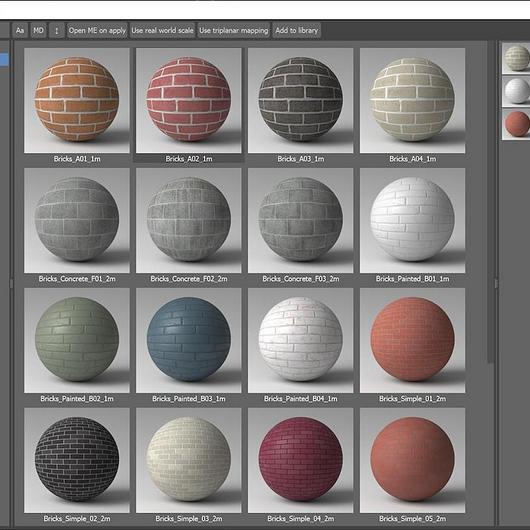

for that, got to Material/ Map Browser and find the tab Maps>Standard>VrayEdgesTex. To simulate the gaps between the wood planks, we will use the VrayEdgesTex that allow us to create this effect without the need to chamfer the 3D model. Now connect the node of this Mix to the node of the Refl glossiness on Vray Mtl.ĭouble click on Vray Mtl and on the right, go to Reflection on Basic parameters and change the reflection color to R 50 - G 50 - B 50. Double click on this and go to Right and change the Color #1 to R 160 - G 160 - B 160 and Color #2 to R 220 - G 220 - B 220. Connect the wood bitmap of material editor to Mix amount of this new Mix map. On Material/Map Browser go to Maps>Standard>Mix and drag right bellow the wood Mix. Now we need to apply Glossy and reflect on this material. Use the values R 64 - G 44 - B 32 for Color #1 and R 161 - G 135 - B 105 for Color #2. Using the texture wood 02.jpg that is on texture folder on Mix map.

To create this material, We will use the technique showed previously on woods. The file "wood 02.jpg" is inside the folder textures. Figure of 3D Render with wood Floorįor creating the floor, we will follow those steps:ġ - Creating the material (in this case, using the previous technique)įor the material we will use the wood created on the previous chapter. Darken colours will make blurred reflects (simulating more absorption of varnish) and lighter colours will deliver more clean reflects.įor this examples we will use: Color #1 R-198 G-198 B-198 e Color #2 R-139 G-139 B-139.įigure B-63. The brightness control variation will be make using the adjust of the Color #1 and Color #2. This map should be connected to the Refl. Now we need to create a new Mix map on the material editor and as we did before, add into Mix Amount channel the map wood 01 edited.jpg. For this example, we can use the amounts R-34 G-34 B-34. White means total reflection (such mirror) and black indicate the absence of reflection. By clicking on colour beside reflect, we can define the amount of reflect. For that, double click on the material, and then on the right Tab we will have the material controls. The first step is add a bit of reflect to this material. To simulate this material effect we need to create a map that will define areas where the bright will be more intense and areas where will be opaque. This absorption can be avoid using sealers that will uniform the porous of the wood. Most of woods has porous areas (normally on the lighter veins), and this areas almost always absorb a large quantity of varnish than the dense areas, resulting in less bright areas. The wood veins normally react in different ways when varnish is applied, resulting with a non-uniform varnish brightness. The basic structure will be like this:įor this sample we will use the value Color #1 R 45 - G 33 - B 22 Color #2 R 88 - G 57 - B 45 Now, just like we did before, connect the node of the bitmap into the node of the Mix Amount.
VRAY FOR C4D MIX TEXTURES WINDOWS
When the Windows browser open, find the wood 01 edited.jpg file, select him and then click open. To bring this map to this channel go to Material/Map Browser, find the Tab Maps and inside find the standard and then Bitmap. The map that we made on Photoshop should be applied into Mix Amount channel. The Mix map contain 3 channels: Colour 1, Colour 2 and Mix amount. To apply the Mix map into the diffuse simply connect the node of the Mix map into de node of the diffuse Vray Mtl. Drag and drop to the view1 beside the VRayMtl created before. For that, on the Material/Map Browser and on Maps > Standard Tab, find the Mix map. Now we need to attach a mix map into the diffuse. On the left corner on Material/Map Browser, drag and drop the VRayMtl to the Material Editor This area has the name View1 (top right corner).

To begin the composition open the material editor clicking on Rendering>Material Editor>Slate Material Editor. If you did not see the part 1, take a look hereĢ - Composing the diffuse colour mapThis sample was made into 3Ds Max 2011 utilizing the material Slate editor because is much easier to control, but can be executed in previous versions of 3Ds Max that don't have this tool.
VRAY FOR C4D MIX TEXTURES HOW TO
In this tutorial CG Artist from Brasil: Ramon Zancanaro will show us how to create a realistic wood material which can be use for several objects on scene such floors and furniture.


 0 kommentar(er)
0 kommentar(er)
